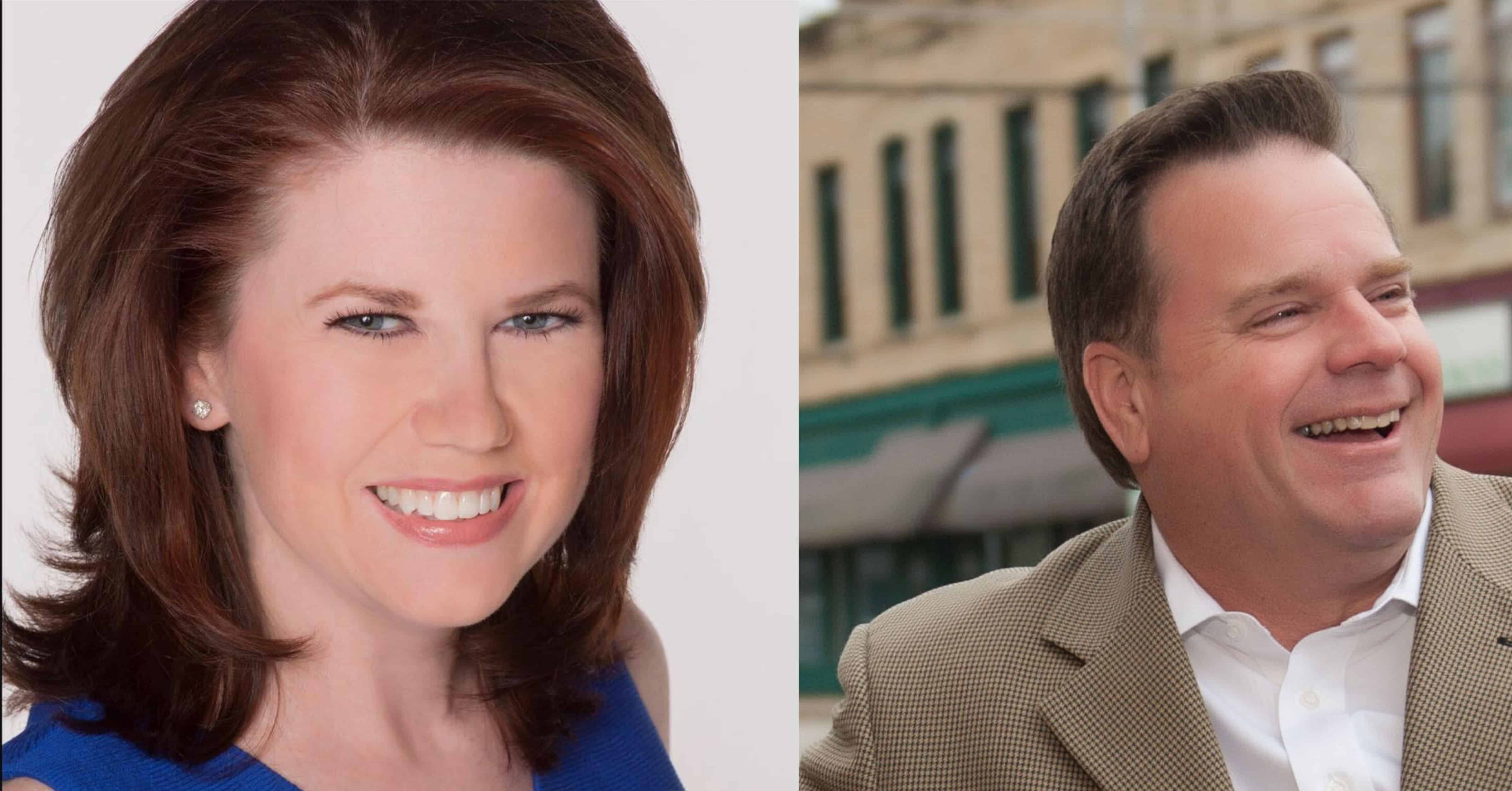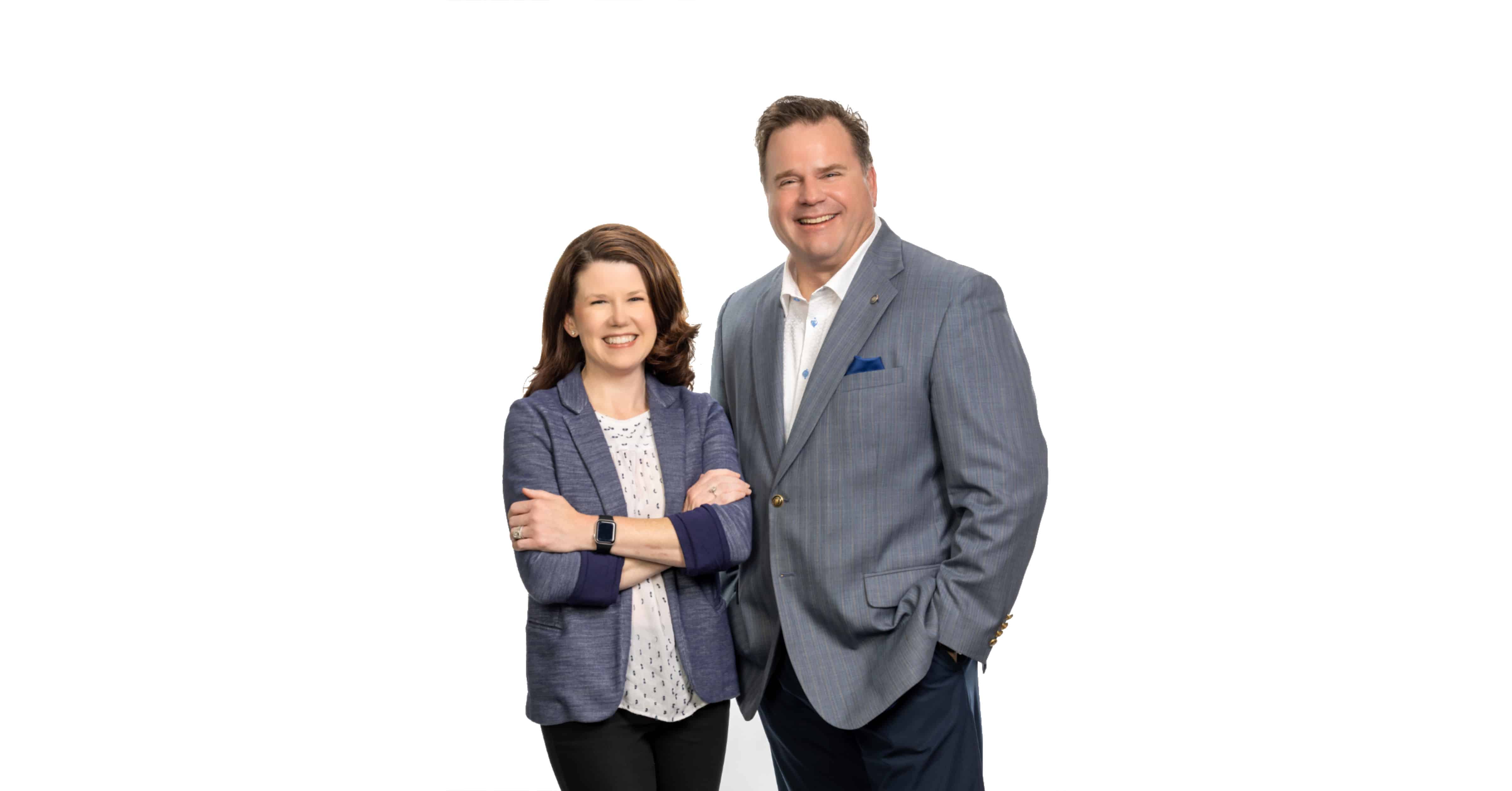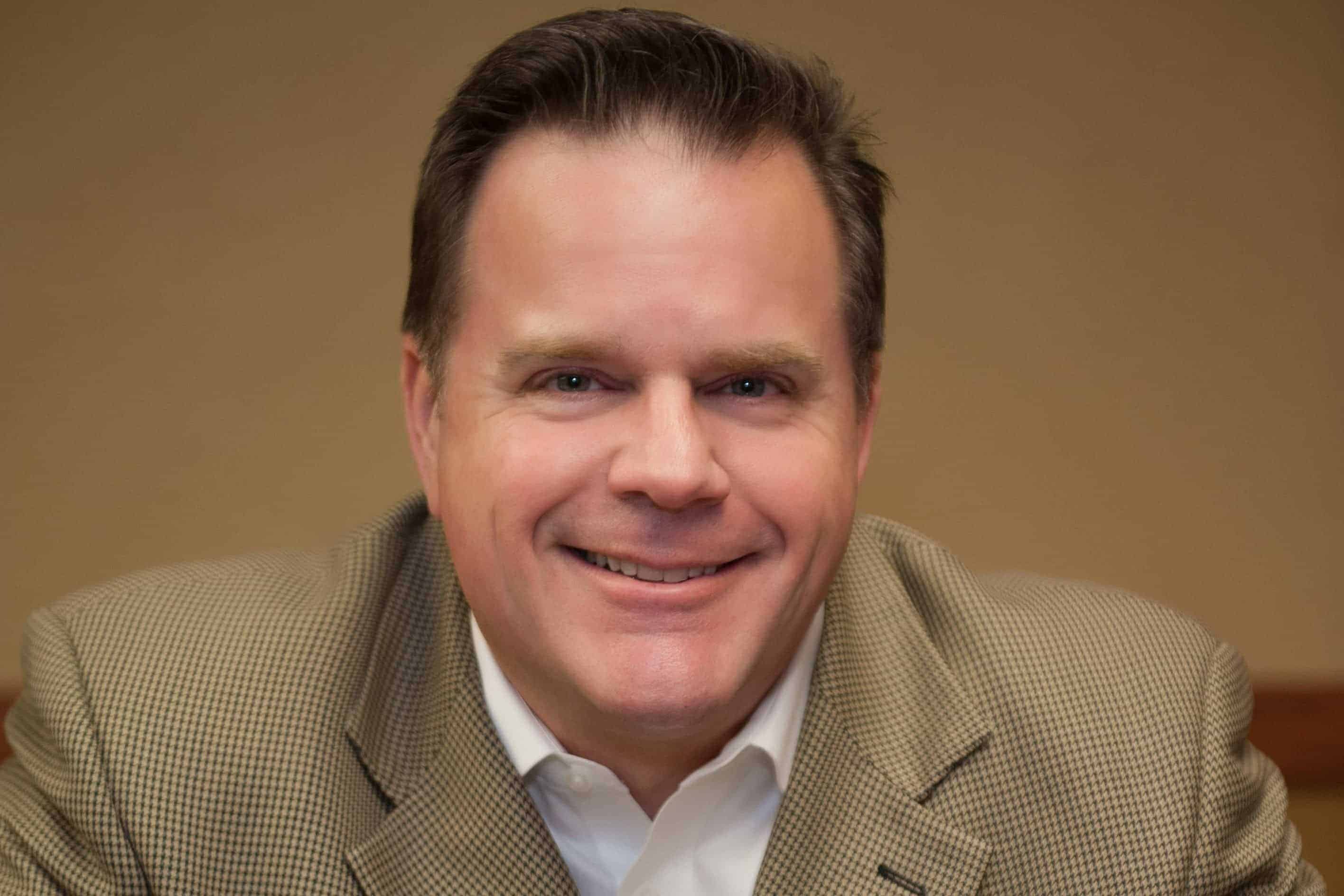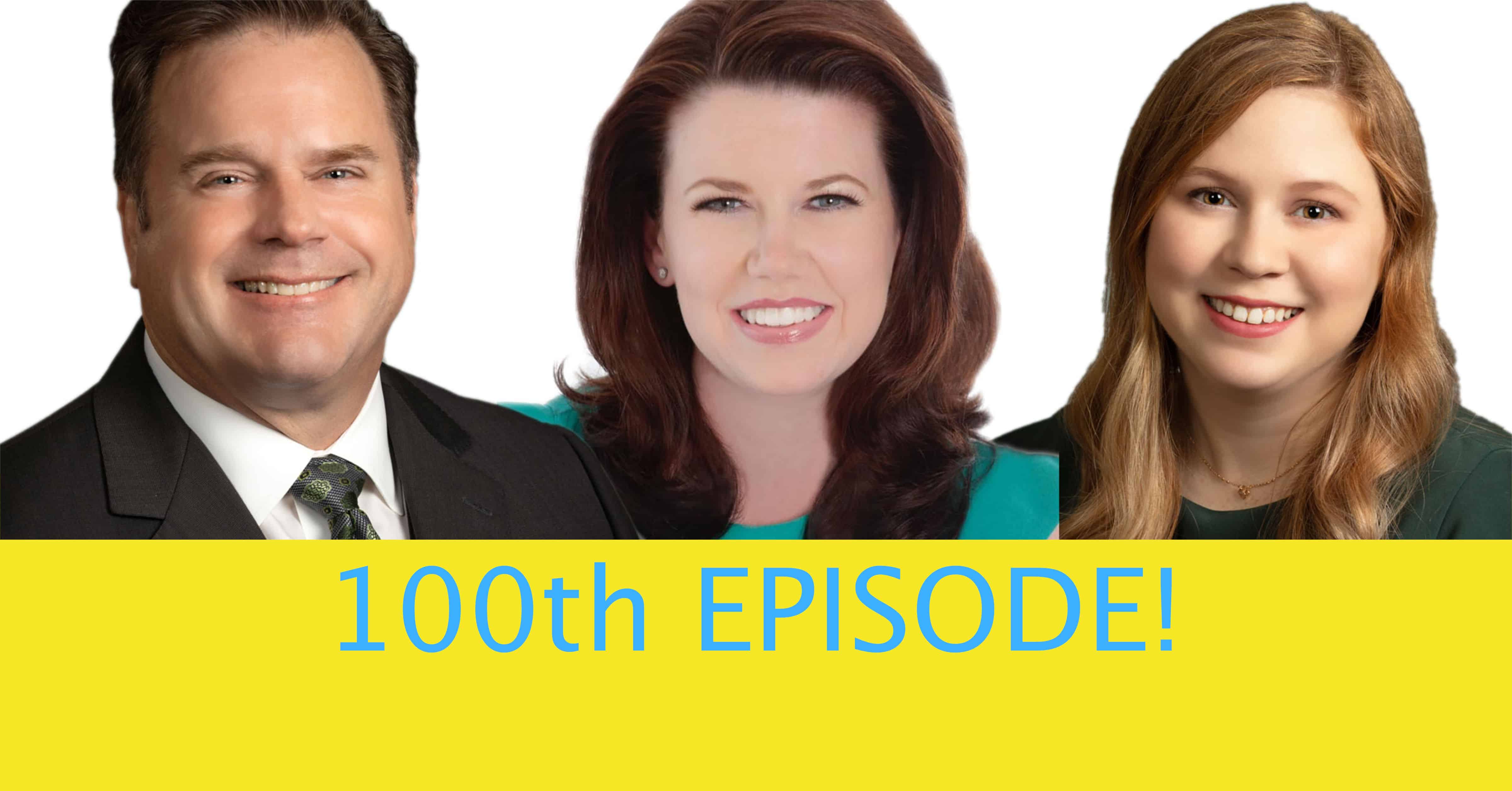In the past couple of weeks, the news has carried a headline that shocks many of us – bank closings! Granted the subject banks of the stories have been much larger banks than those in our local communities but the concern for safety of deposits has continued to grow at a grassroots level.
To protect depositors’ accounts, most banks participate in the Federal Deposit Insurance Corporation (FDIC) for coverage like you purchasing insurance on your home or automobile. Participating banks pay a premium on a prescribed basis to retain this coverage for its customers. Silicon Valley Bank was no exception. However, in the present instance, the bank’s management bears more of the blame for failure than systemic banking processes. The United States’ banking system is secure and has functioned as it is designed since the 2008 housing loan crises.
One of the more critical questions is how will the FDIC handle the claims from the affected depositors? This is where the confusion for most citizens begins. Generally, the maximum amount of coverage for an FDIC-insured account is $250,000. There are many different methods of protecting your accounts should you wish to maintain a greater amount than $250,000 in your local bank. For example, if your spouse and you maintain a joint account and add your three children as beneficiaries to the account, the FDIC coverage increases to $750,000 for the beneficiaries.
Before depositing your funds in a prospective bank, you should inquire as to the bank’s participation in FDIC coverage. You may do so by performing a quick search of the bank name at https://banks.data.fdic.gov/bankfind-suite/bankfind or call FDIC at 1-877-275-3342. Banks are required to inform you of such coverage availability when opening your new account. Most often you will see a sign on the bank’s logo or front entrance displaying “Member FDIC” reflecting the bank’s participation in the program.
Should you deposit your funds in a brokerage account, you will automatically receive coverage by a similar program called Securities Investor Protection Corporation (SIPC). However, the two programs differ in coverage amounts and types of coverage. For example, the FDIC limit of coverage is $250,000 per account. SIPC coverage limit is $500,000 per account. Many custodians, another word for “bank”, that hold securities and cash for investment purposes for customers will provide additional coverage through reinsurance. For example, the custodian we utilize for our clients’ assets is Pershing, LLC, a wholly owned subsidiary of the Bank of New York. Pershing, LLC
The key to gaining and maintaining confidence in your bank is to speak with the professionals about your accounts and learn what coverage limits apply to your accounts if more than one account is funded. Personally, I bank with local banks because of the relationship of the professionals, knowledge, and faith of management as well as accessibility to funds. In this modern era, internet banking is becoming the norm and will soon supersede the desire for anyone to travel outside their home to perform banking tasks. Until then, I prefer to shake their hands, speak with the people, and understand clearly who holds my money.
If you are concerned about the news you have heard pertaining to banking challenges in the United States, seek out a Certified Financial Planner™ professional to help you gain understanding about the process. You can sleep better at night understanding the coverage limits for your various accounts and the operations of your local bank. Another of my favorite quotes by William Feather is, “Business and life are like a bank account. You can’t take out more than you put in.”









